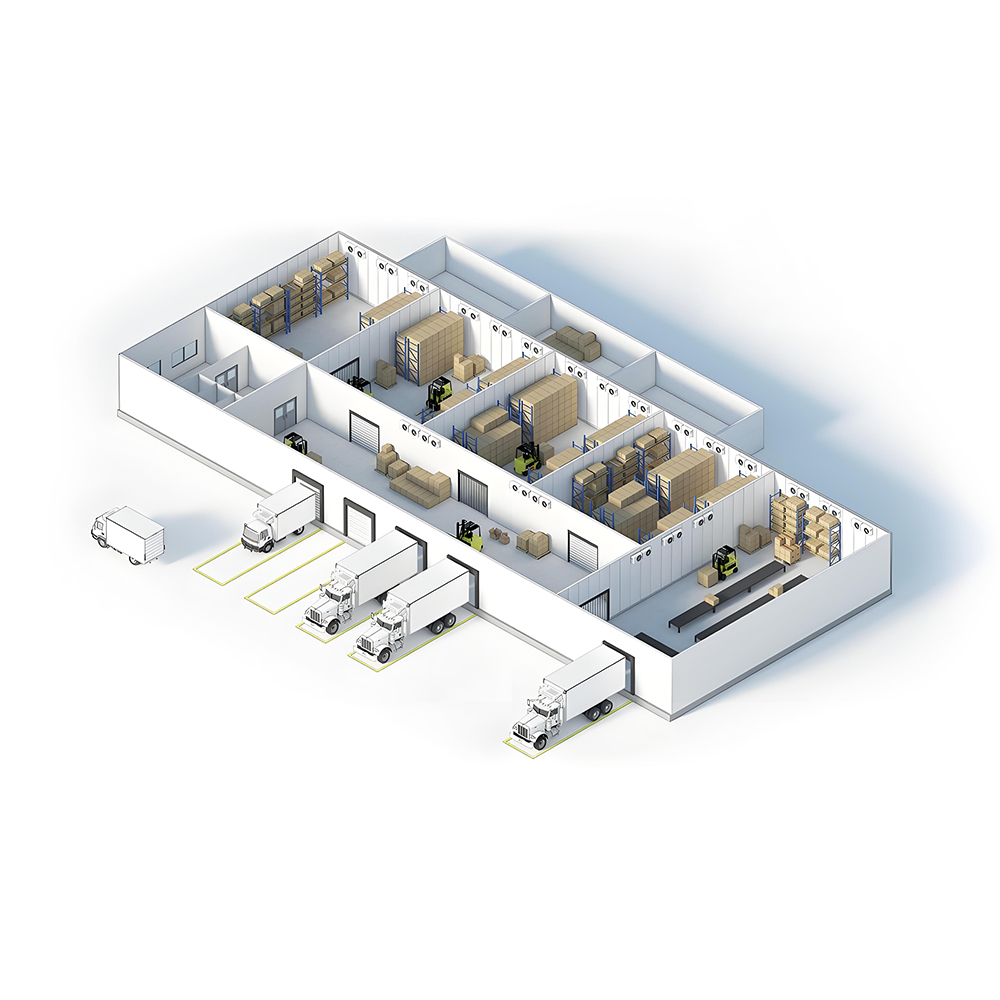As the core facility of cold chain logistics, the location of cold storage directly affects operational efficiency and costs. The following are the simplified core points:

Policy and Planning
To comply with the overall urban planning, priority should be given to planning areas such as logistics parks. Pay attention to safety distance requirements (such as the protective distance between ammonia refrigeration cold storage and residential areas), and comply with local regulations such as environmental protection and fire safety to avoid compliance risks.
Transportation convenience
Adjacent to main roads and highway entrances and exits, convenient for road transportation; When it comes to multimodal transportation, it is close to railway dedicated lines or water transport terminals; Urban distribution type cold storage should pay attention to the surrounding road traffic and traffic restrictions to ensure timely delivery of goods.
Environment and Safety
Site selection should be far away from pollution sources to ensure the safety of food, medicine, and other storage; Avoid high-risk areas such as earthquakes and floods, as well as low-lying areas prone to water accumulation, to ensure stable construction and operation.
Energy and supporting facilities
Stable power supply is required to avoid affecting the quality of goods due to power outages; At the same time, ensure sufficient water sources and smooth drainage to meet daily needs such as cleaning and defrosting.
Cost and scalability
Balance land costs and control initial investment; Reserve expansion space to meet future scale expansion and facility upgrade needs.


